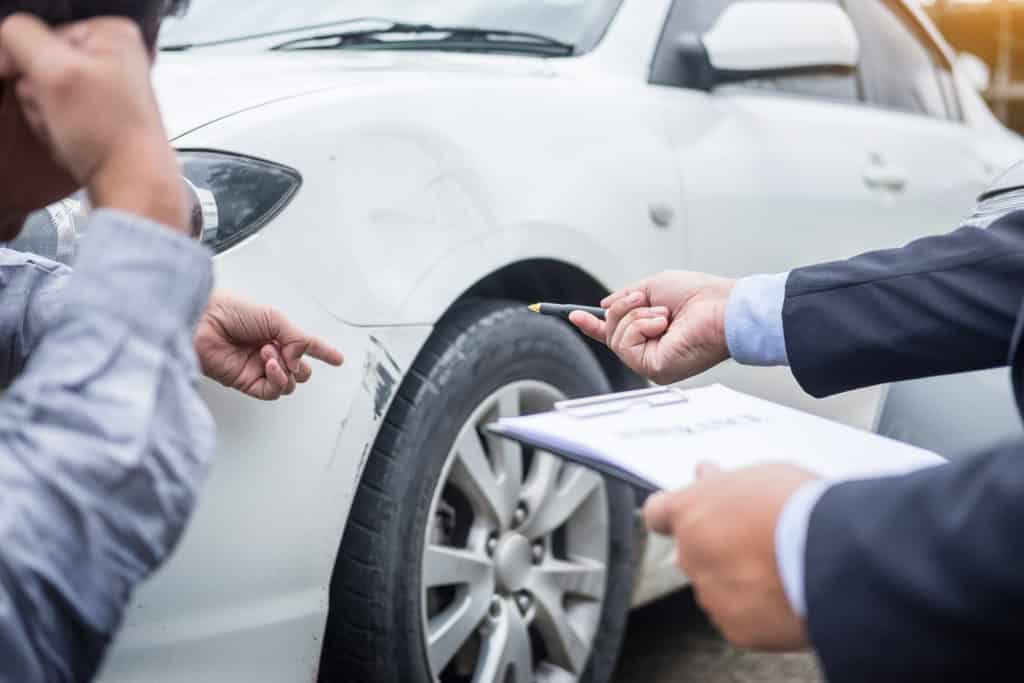Getting a dent — regardless of the size — is very frustrating, especially if you have a new car. Depending on the dent’s size, you may be tempted to ignore it to save money.
The truth is that most dents don’t cost that much to repair, and fixing the dent before it leads to further damage will save you an enormous headache (and bill!) later on.
Keep reading to learn how car dents are repaired.
Fixing a Car Dent
Professional mechanics use the following tools to fix car dents:
- Stud welders: This tool welds studs into the car’s dent. The technician will then use stud rulers or pliers to pull the studs and the dent.
- Dent pullers: A dent puller acts as a massive suction cup to pop the dent back out.
- Pliers: Pliers are a standard tool that pull out edges and round corners off.
- Hammer and dolly: A dolly is a chunk of metal the mechanic uses against the car’s metal to support hammering. The mechanic will hammer until the car’s body is uniform.
Once the dent is pulled out, the mechanic may use a filler to restore the even surface of the car’s body. After applying a filler and hardener to the vehicle, the mechanic will sand the area until it is smooth and paint it to blend in with the rest of the car’s body.
Cost of Dent Repair
There are a few factors that influence the cost of dent repair, including the dent’s size and repair method.
Small dings like those that occur in parking lots typically run between $50-$150 to fix. It’s so affordable because small dents can be fixed with Paintless Dent Removal (PDR) — a newer, low-cost alternative to the traditional dent repair methods we mentioned above.
PDR does not require any sanding, painting, or drying, which makes the process both cheaper and quicker. PDR works to reshape the damaged part of the car back to its original shape by reforming the metal.
For larger dents, the entire area must be sanded, painted, and left to dry. This process must be done by a skilled mechanic who knows how to properly follow the process using the right materials. Medium-sized dents typically cost more to repair than smaller dents.
Why You Should Repair Car Dents
As we mentioned, immediately repairing car dents is key to preventing yourself from running into big trouble in the future, including the following problems:
- Rust
- Long-term damage to the paint
- Reduced resale value
- Cheaper to fix immediately
- For the safety of yourself and your passengers
If you need collision repair in Salt Lake City, count on the expert team at Valley Collision. Our shops in Salt Lake County and five other locations throughout Salt Lake Valley have achieved I-CAR Gold Class Certification.
The Gold Class® recognition is the highest role-relevant training achievement recognized by the collision repair industry a distinction that only 20% of car repair shops currently meet. Contact us today to learn more.

